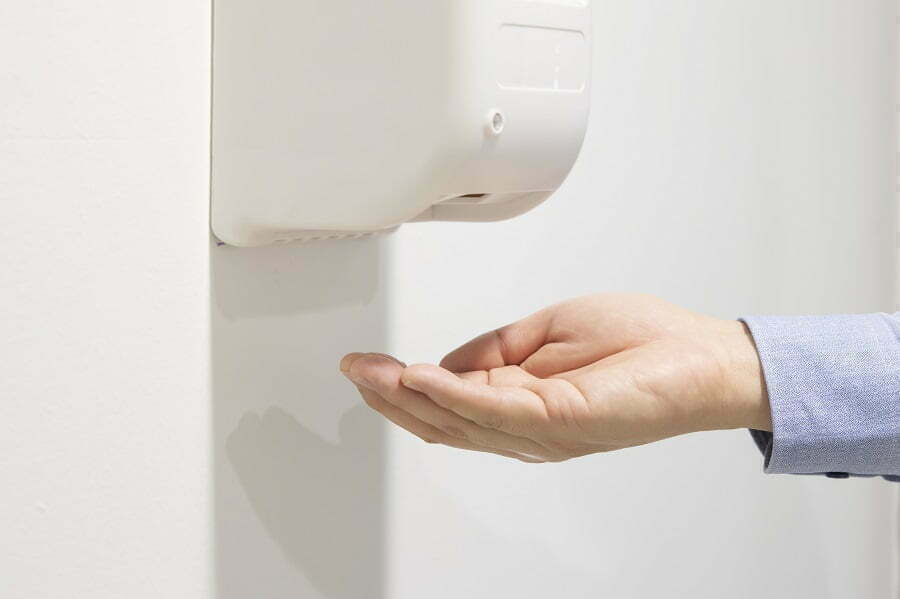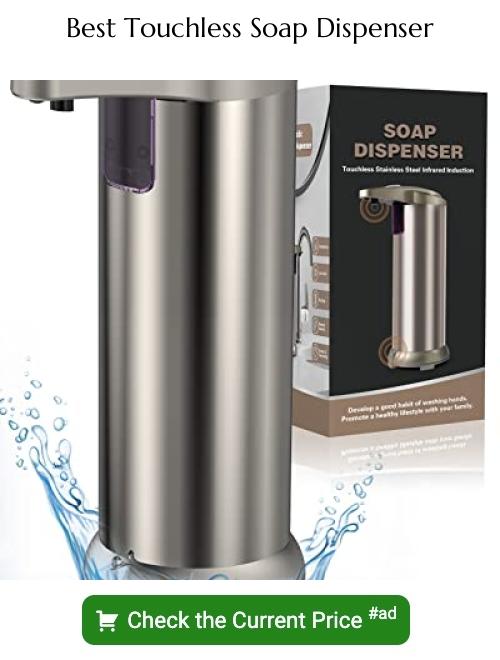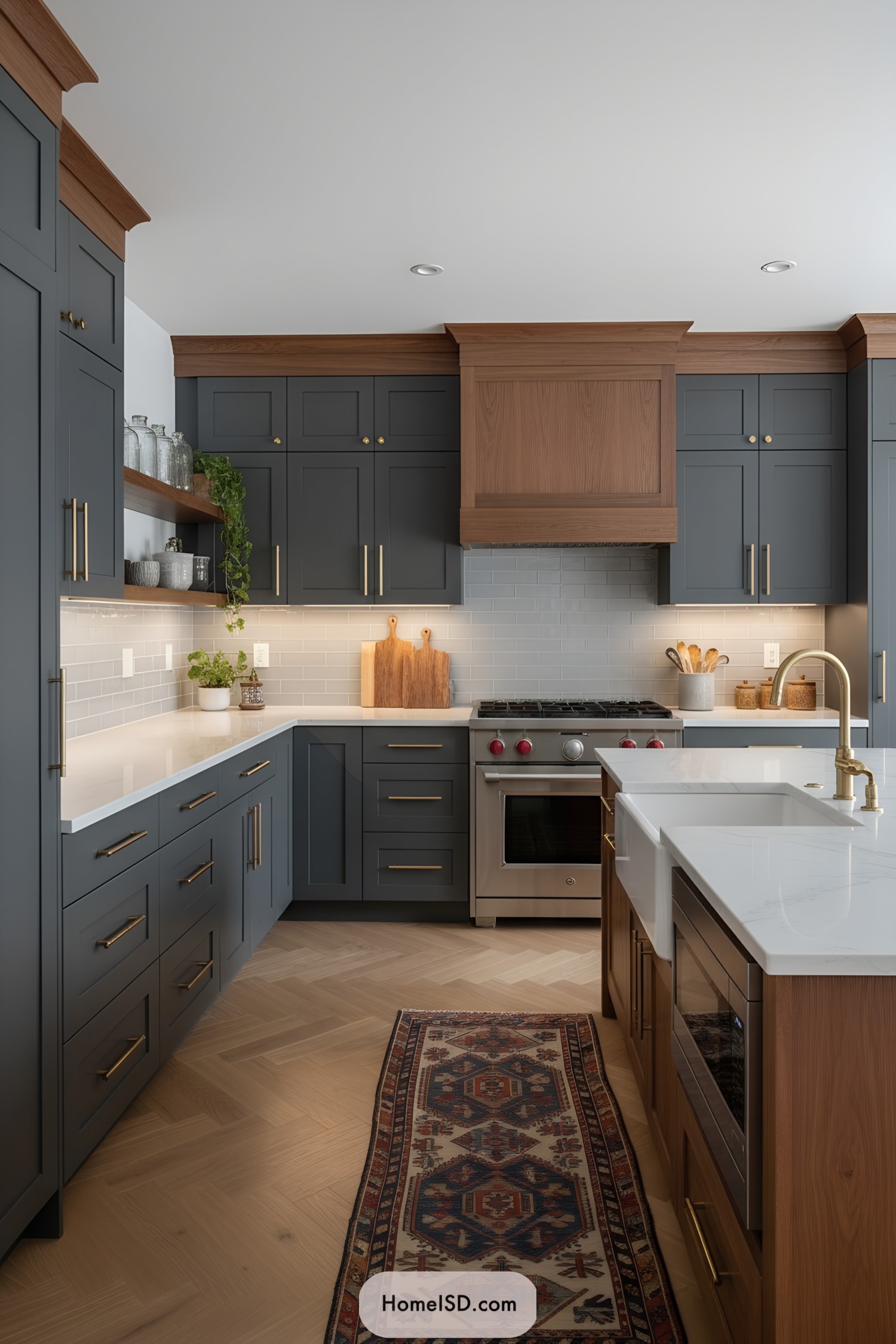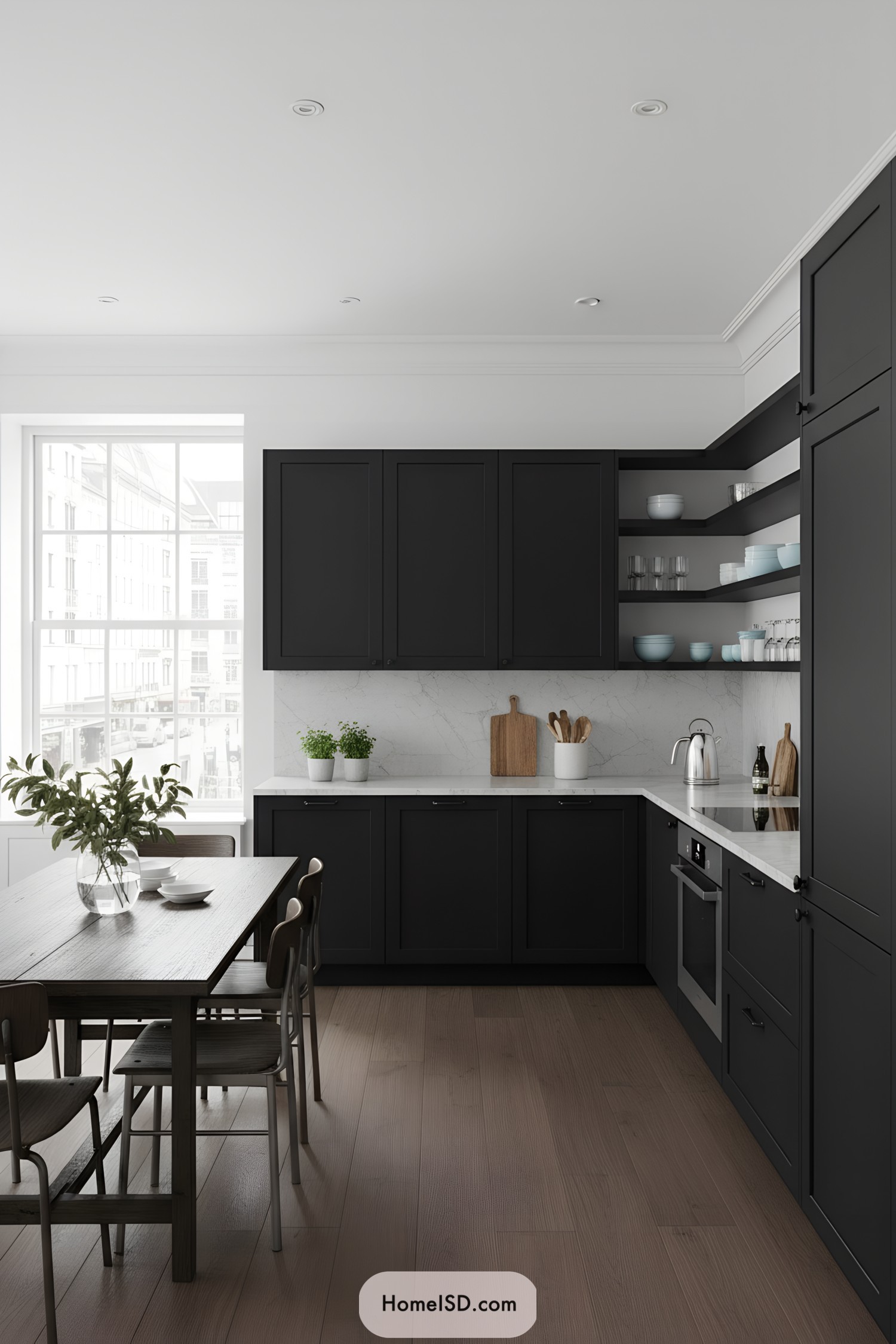Last updated on
So you have a nice touchless soap dispenser, but it has stopped working. What might be the problem, and how to fix it? Find your answers here.
While there are many types of soap dispensers, the problems with automatic dispensers (be it liquid or foam) are almost always the same. You can break it down into these common culprits:
- Dead battery
- Obstructed or malfucntioning sensor
- Clogged pump tube
So, it’s time to locate the problem and fix your touchless soap dispenser to save you some money on getting a new one.
What is the problem?
It Makes Noises But Nothing Comes Out of the Spout

This usually happens because the pump of the dispenser is broken or clogged. Or it may be as simple as running out of liquid soap.
The Pump Bottle is Empty
This one seems obvious, but sometimes people don’t realize they have a problem until their entire supply runs out. If you notice that there isn’t enough liquid inside the bottle, then it needs replacing. The easiest way to do this is to remove the top cap and pour some water into the bottom part of the bottle. This will help determine whether the bottle itself is damaged. If the water doesn’t come out easily, then replace the bottle immediately. You may also need to change the filter if it has become clogged.
Clogged Pump Tube
Sometimes the tube becomes blocked due to debris getting caught up in it.
If your soap dispenser pump is clogged, there are a couple of reasons why this may occur. It can happen from a high amount of glycerin in soap too.
Lack of use of the soap pump is one of the main causes of clogging. It isn’t easy to pump when soap sits inside the pump for a long time.
Put the straw of the pump into a glass filled with warm water and add white vinegar.
Distilled water will assist with breaking down the concentration of soap. If it’s caused by frequent use, flush the pump with warm water.
You can use a toothpick to clear soap and lotion build-up in the exit points.
Pump Bottle Leaking Water
Try cleaning the outside of the pump bottle with an alcohol swab. Be careful not to damage any parts of the mechanism. Afterward, rinse the bottle thoroughly with warm tap water. Then fill the bottle again with distilled water. Replace the cap and shake vigorously to ensure no more leaks occur.
The Unit Doesn’t Make a Noise
The sensor has been activated, but no soap is dispensed. Check that the sensor is facing upward toward the top surface of the dispenser. If it is pointing down, rotate the sensor until it faces up.
There may be an obstruction between the sensor and the opening of the dispenser. Remove any obstructions such as food particles, hair, etc., before attempting again.
The sensor was triggered accidentally while cleaning the dispenser. To prevent accidental triggering, place the sensor inside the dispenser and press the trigger firmly against the bottom surface of the dispenser without moving the sensor. This will ensure that the sensor remains inactive unless the user presses the trigger.
Possible Causes and Corrective Actions
If the sensor has been activated, but no soap was dispensed. Check that the sensor switch is turned on. If it is still set to ON, try turning it to AUTO. The sensor may have become stuck due to excessive use. Clean the sensor area as described above.
If the sensor has been triggered repeatedly without soap being dispensed, this could be caused by an obstruction between the sensor and the nozzle opening.
It sounds like the switch contacts got welded closed somehow. Try cleaning out the contact points with rubbing alcohol and see if that helps. If that fails, try removing the plastic cover over the switch and clean those parts thoroughly. Then put everything back together and test it.
Also, check the wiring connections – especially where the wires enter the housing. They shouldn’t look corroded or anything else weird. Double-check the electrical connection between the switch and the wall socket. That part gets hot during operation and needs to be insulated properly.
How to Clean the Sensor
Use warm tap water only. Do NOT use dishwashing detergent or bleach! These products could damage the sensor. Use a soft cloth dampened with mild soap solution instead. Make sure that the area surrounding the sensor is dry before cleaning it. Wipe away excess soap using a paper towel.
The sensor might stop working for various reasons, including:
- Sensor failure – make sure that the sensor is fully functional by pressing both buttons together.
- Low battery level – try charging the battery overnight.
- Damaged circuit board – replace the defective unit.
- Faulty connection – reattach the wire connectors.
- Bad contact – wipe away dirt from around the contacts.
- Dirty sensor surface – clean the sensor with a cotton swab moistened in rubbing alcohol. Let air dry thoroughly.
Sensor Installation Issues
Make sure that the sensor is installed according to the instructions provided with the product. Follow these steps:
- Remove the plastic cover over the hole where the sensor fits.
- Insert the sensor through the opening so that the black dot faces up.
- Press down firmly on the sensor while rotating it clockwise 90 degrees.
- Push the sensor further into the hole until it clicks into place.
- Replace the plastic cover over the sensor hole.
- Turn the power button counterclockwise to turn the device on.
- Wait 5 seconds after turning the power button off again.
- Repeat Steps 2-7 until the light turns green.
- After installation, press both buttons simultaneously once more to verify proper operation.
If the sensor still doesn’t work properly, check the following issues:
- Battery life issue – ensure that the battery is charged.
- Power outage – ensure that the power cord is plugged into an outlet.
- Water leak – ensure that no water leaks onto the sensor or any other component.
- Broken circuit board – ensure that the circuit board is intact.
- Improper wiring – ensure that all wires are connected securely.
Dead Battery
The devices use battery power to dispense soap. Most models have a low battery when you see a red light. But this isn’t always the case at times – the battery may be faulty. Try changing the battery for a brand new one.
FAQ
To clear clogged nozzles, first, turn off the power switch located at the machine’s base. Then open the lid and pull out any remaining liquid soap. Next, spray some hot water into the nozzle opening. Wait 10 seconds and close the lid again. Repeat this process several times until all the soap residue comes out. Finally, rinse the nozzle under running cold water.
The sensor needs time to warm up before it starts detecting motion. Please wait for about 30 minutes after initializing the system.
If the sensor detects someone other than yourself, please reset the sensor using the Reset button.
Press the RESET button located near the bottom right corner of the unit. A message appears indicating that the sensor was successfully reset.
Yes, these units require regular maintenance. To ensure proper operation, replace the batteries every three years.
Please make sure that the sensors have been cleaned properly with alcohol wipes before use. Also, check whether the sensor is turned on. If so, try pressing the buttons repeatedly.
Recap





